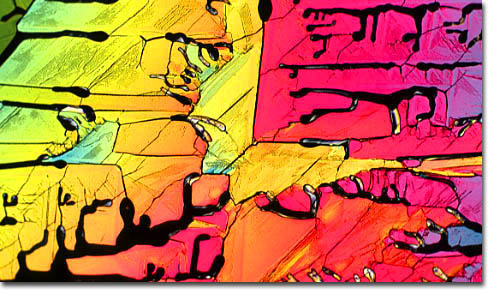|
Beta-carotene is a vitamin A precursor that was first isolated from carrot roots in 1831 by Heinrich Wilhelm Ferdinand Wackenroder. Since that time, it has been discovered that the carotenoid is the pigment responsible for providing the vegetable with its characteristic color. Beta-carotene can also be found in a squash, pumpkin, sweet potatoes, and a number of other yellow and orange vegetables, as well as eggs yolks and liver. Humans and most other animals are able to enzymatically convert beta-carotene into vitamin A, which is important for good vision, bone growth, tooth development, and the maintenance of healthy skin and hair. In addition, beta-carotene is believed by some to help boost the body’s immunity, decrease the risk of heart disease, and fight cancer.
|
